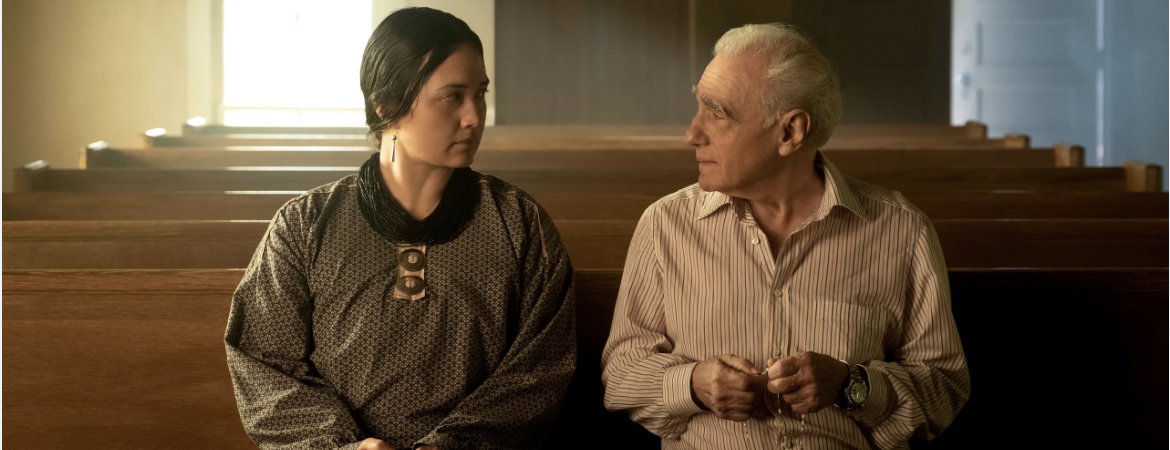I was not going to write anything about this “controversy,” but a few readers pushed me to do so. I was exhausted from covering TIFF and didn’t think it was a big enough issue, but here goes.
In a 9.12 Time cover story by Stephanie Zacharek, “Killers of the Flower Moon,” director Martin Scorsese has confirmed what co-star Lily Gladstone told Variety nine months ago, which was that ‘Flower Moon’, tackled less of the FBI and focused more on the perspective of Osage Nation and the pain their community endured.
The film was supposed to be a sprawling crime epic about the FBI’s investigation of the Osage Nation murders in 1920s Oklahoma. It’s Scorsese’s comments that have had some folks dumbfounded:
“After a certain point, I realized I was making a movie about all the white guys,” Scorsese tells Zacharek. “Meaning I was taking the approach from the outside in, which concerned me.”
Gladstone had originally explained to Variety that Scorsese had basically re-thought the whole film, which had begun as a kind of “birth of the modern FBI” story. The basic plot would have focused on former Texas Ranger Tom White (whom Leo wanted to play), and how his assignment by boss J. Edgar Hoover was the foundation for creating the FBI.
Scorsese and screenwriter Eric Roth eventually decided the story of the “birth of the modern FBI” was only scratching at the surface of the actual story. Gladstone told Variety that Scorsese “worked closely with the real-life Osage Nation to ensure his movie would properly represent the community.”
The result was that “the Osage Nation ended up positively changing Flower Moon from what Scorsese [had] originally planned.”
“It’s a different movie than the one [Scorsese] wanted to make, almost entirely because of what the community had to say about how it was being made and what was being portrayed.”
If I hadn’t already seen “Killers of the Flower Moon” then maybe I would have had some reservations and negative thoughts about the film’s reconfiguration, but, I’m telling you, this film works on so many levels that it doesn’t even matter.
I’d rather have this version than any sort of “birth of the FBI” tale. And, quite honestly, if Scorsese wanted to move away from the “white savior” narrative then he would have made the Osage the main characters of his film. Instead, we still have DiCaprio and De Niro’s cruel men as the leads.
It’s still a Scorsese film, and there are plenty of tortured characters to delve into here. If anything, I found the weakest moments of the film had to do with the FBI nailing the villains, which only occurs in the final stretch of the film.
“Killers of the Flower Moon” is a major statement from Scorsese and I can’t wait for it to be seen on a wide scale come October 20th.






